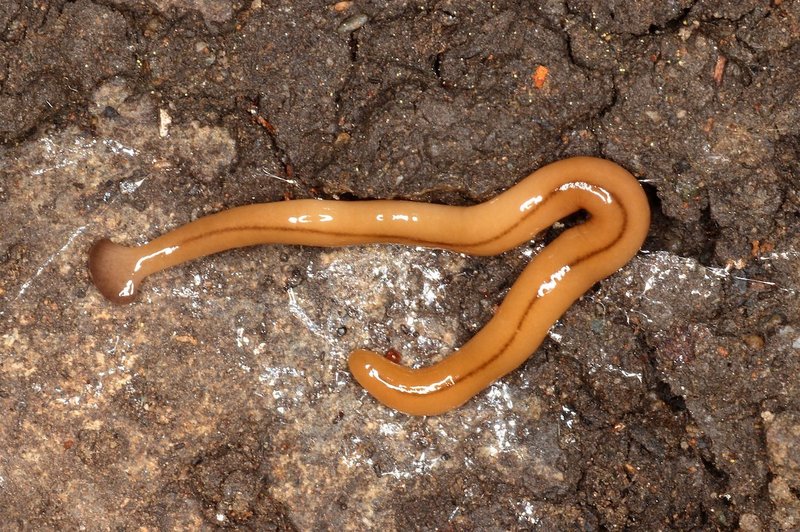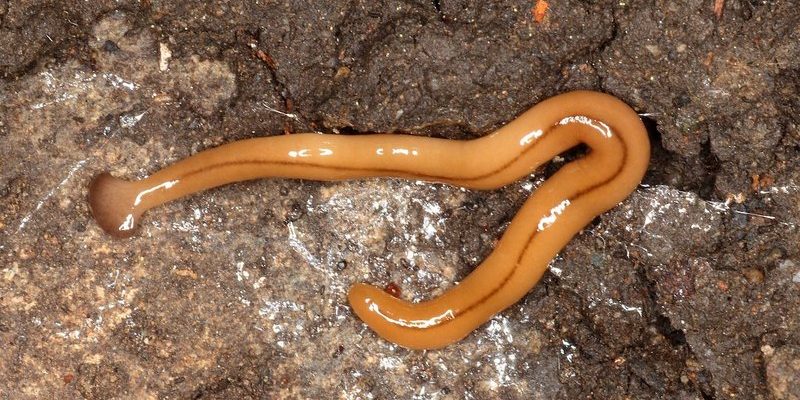
Here’s the thing: proper garden cleanup practices can make a world of difference. Think of it like giving your garden a fresh start each season. Just like you might declutter a messy room, clearing out debris and maintaining good garden hygiene can create an environment that discourages these unwanted visitors. So grab a cup of coffee, and let’s explore some actionable cleanup practices to help keep your garden healthy and hammerhead worm-free.
Understanding Hammerhead Worms: What Are They?
Before we dive into cleanup practices, it’s important to understand our friend, the hammerhead worm. These curious critters are primarily known for their flat, elongated bodies that resemble a hammerhead shark, hence their name. They can grow quite large, sometimes reaching up to 12 inches long, and can be spotted in various colors—from brown to bright green. But why should you be concerned about them in your garden?
Hammerhead worms are voracious predators, particularly of earthworms, which play a vital role in keeping your soil healthy. Imagine if a few bad apples spoiled your entire batch of fruit; that’s what these worms can do to your soil ecosystem. They’re not just a nuisance; they can disrupt the natural balance of your garden. Understanding this helps underline why diligent cleanup is essential.
Regularly Clear Debris from Your Garden
One of the best practices to deter hammerhead worms is to keep your garden free of debris. This includes fallen leaves, old mulch, and other organic materials that can provide shelter for these creatures. Just like a clean house is less inviting to pests, a tidy garden sends a clear message: “No room here!”
Here’s how to get started:
- Schedule Regular Cleanups: Make it a habit to check your garden weekly or bi-weekly. Remove any debris that has accumulated.
- Rake Up Leaves: In the fall, ensure you’re raking up leaves promptly. They can provide a cozy hiding spot for hammerhead worms.
- Compost Wisely: If you compost, be mindful of what you add. Avoid including any infected plants that could harbor pests.
Doing this will not only help reduce hammerhead worm populations but also keep your garden looking vibrant.
Maintain Healthy Soil with Good Practices
Healthy soil equals a healthy garden. By focusing on soil health, you’re actively creating an unwelcoming environment for hammerhead worms and other pests. Think of your soil as the foundation of a sturdy house; if it’s not strong, everything built upon it can fail.
Here’s how you can nurture your soil:
- Rotate Your Crops: Changing what you plant in each section of your garden every season can confuse pests that thrive on specific plants.
- Add Organic Matter: Incorporating compost or well-rotted manure can boost soil health. Healthy soil can support beneficial organisms that keep pests at bay.
- Avoid Overwatering: Excess moisture can create an inviting habitat for worms. Ensure you’re not waterlogged and allow the soil to breathe.
By fostering good soil practices, you’re laying down a strong defense against unwanted garden guests.
Encourage Beneficial Wildlife
Not all critters are bad! In fact, many can help control hammerhead worm populations. Birds, toads, and beneficial insects such as ladybugs and certain beetles can become your garden’s best allies. Encouraging these natural predators can create a balanced ecosystem and keep your garden flourishing.
To invite these helpful creatures, consider:
- Creating Habitat: Plant native flowers and shrubs that attract birds and beneficial insects.
- Provide Water Sources: A small birdbath or water feature can attract birds, who will keep an eye on those pesky hammerhead worms.
- Avoiding Pesticides: While it might be tempting to use chemicals, they can harm beneficial insects. Stick to natural remedies instead.
You might be surprised at the positive impact these animals can have on your garden’s health.
Proper Plant Spacing and Care
When plants are too tightly packed, it creates a humid microclimate that can attract pests like hammerhead worms. Think of it as a crowded subway; it can get stuffy and uncomfortable, making critters want to settle in. By ensuring adequate space between plants, you promote good air circulation and reduce humidity.
Here’s how to space and care for your plants effectively:
- Follow Plant Guidelines: Look at the spacing recommendations for each plant type and follow them closely.
- Thin Seedlings: If you’ve started seedlings indoors, make sure to thin them out to prevent overcrowding.
- Prune Wisely: Regular pruning helps maintain healthy plants and improves airflow, making it less appealing for hammerhead worms.
These practices don’t just protect against pests; they also promote overall plant health.
Discussing Chemical and Natural Solutions
When dealing with hammerhead worms, you might wonder about the options available. There’s a range of solutions from natural methods to chemical treatments, but it’s essential to choose wisely. Chemicals can sometimes do more harm than good, harming beneficial organisms in your garden.
A balanced approach includes:
- Natural Predators: As mentioned before, emphasizing beneficial wildlife is one of the best ways to maintain control.
- Companion Planting: Certain plants repel pests naturally. For instance, marigolds can deter a variety of unwanted insects.
- Insecticidal Soaps: If needed, a mild insecticidal soap can help, but always follow the directions carefully to prevent harm to beneficial insects.
By exploring both sides, you can find a solution that’s effective without disrupting the natural balance.
In summary, keeping hammerhead worms at bay involves a combination of smart garden cleanup practices, soil health management, and encouraging beneficial wildlife. Think of your garden cleanup like prepping for a big party; you want everything to look great and be ready for your guests—in this case, the plants you love!
By implementing these practices consistently, you’re not only discouraging unwelcome guests but also creating an inviting space for your plants to thrive. So roll up your sleeves and get to work; your thriving garden awaits!

